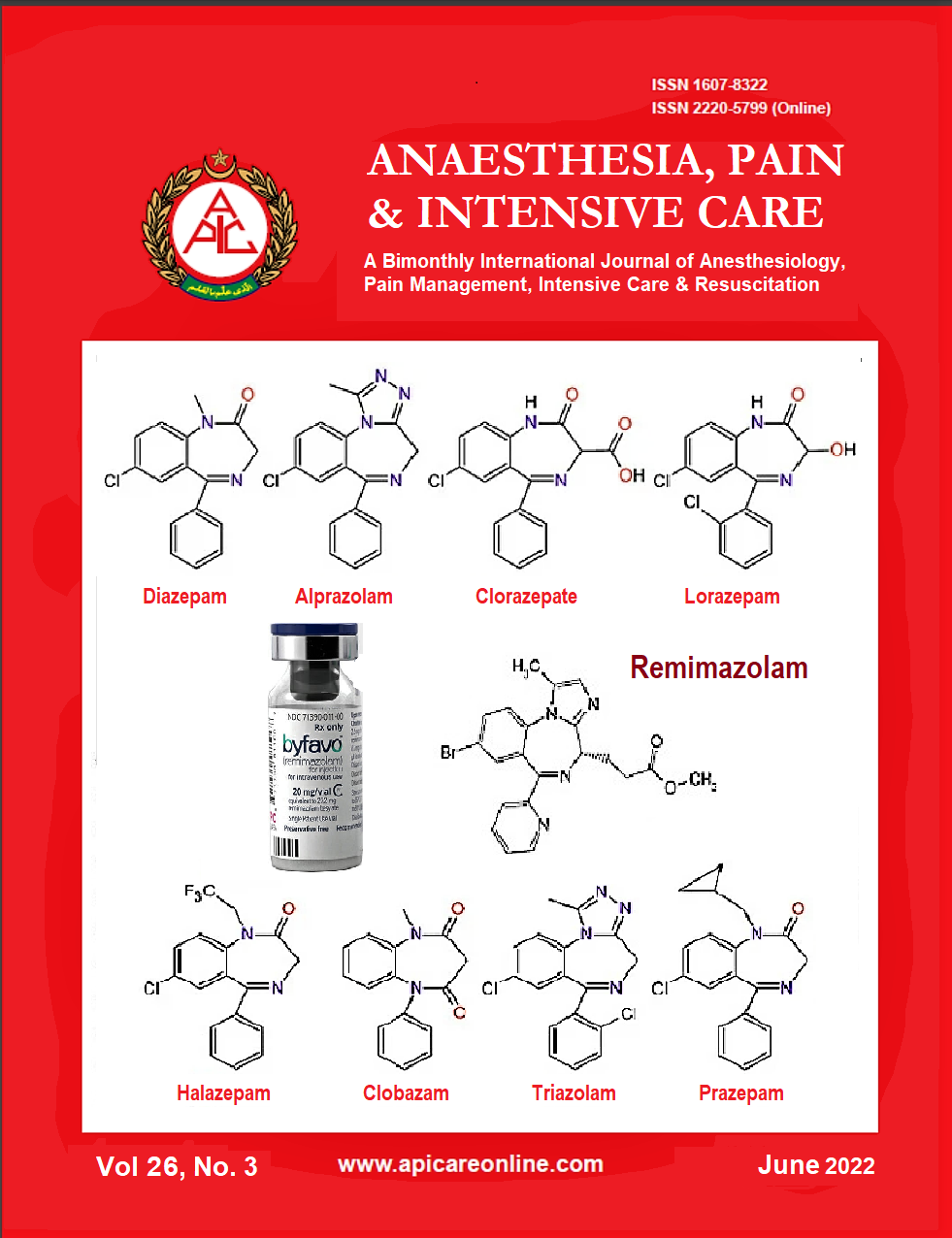Current diagnosis and management of carpal tunnel syndrome: A review
Abstract
Carpal tunnel syndrome (CTS) is a condition when median nerve, located in the carpal tunnel, is being suppressed by the surrounding structure. In 1854, the first clinical narration of median nerve compression in a carpal tunnel was found. CTS causes pain, tingling, and weakness in the half ring finger, middle finger, index finger, and thumb. These complaints lead the patients to seek medical help by a visiting doctor. CTS has become the major cause of upper extremity chronic neuropathic pain. CTS affects women 3.6 times more than men. This would cause high costs in medical treatment, rehabilitation, work hours lost compensation, initial pension costs, and new worker training. This makes CTS as a major problem in the field of employment. Carpal tunnel syndrome occurs as a result of chronic repetitive forceful work and other risk factors such as sex, age, heredity, hormonal, and weight. Knowledge of the diagnosis and comprehensive management of CTS are important to the doctor. Recent management based on the newest guidelines are important for clinician knowledge update. Correct diagnosis will lead to appropriate management based on recent CTS guidelines, which in turn will improve the quality of life for patients with CTS. This article will comprehensively discuss the diagnosis and recent management.
Abbreviations: CTS - Carpal tunnel syndrome; NHIS - National Health Interview Study; EDX - Electrodiagnostic studies; SCT - Scratch Collapse Test; CSA - Cross-sectional area; PRP - Platelet-rich plasma; LLLT - Low-Level Laser Therapy; US – Ultrasound; DN - Dry needling; ECTR - Endoscopic carpal tunnel release; PDI - perineural dextrose injection; BCTQ - Boston Carpal Tunnel Questionnaire
Key word: Carpal tunnel syndrome (CTS); neuropathy; pain; numbness; safe working environment; human; disease
Citation: Hidayati HB, Subadi I, Fidiana, Puspamaniar VA. Current diagnosis and management of carpal tunnel syndrome: A review. Anaesth. pain intensive care 2022;26(3):394-404. DOI: 10.35975/apic.v26i3.1902
Received: August 16, 2021; Reviewed: April 24, 2022; Accepted: April 28, 2022














